Understanding the Global Economic Order
Explaining the formation of the global economic order post-1945 and its subsequent evolution.
After the end of World War II, the United States emerged as the dominant power creating an American World Order. This order was established based on factors such as military strength, control over world gold reserves, and possession of nuclear weapons. The U.S. carved up the world and set the rules for international relations at that time.
Over time, this initial peace and prosperity gave rise to increasing wealth gaps, as some nations like Germany and Japan rose to become economic competitors. The unique power the U.S. held after winning the war diminished as other countries entered the global stage.
- Emergence of American World Order post-1945
- Factors contributing to U.S. dominance
- Establishment of global rules and order
- Rise of competition and economic challengers
- Germany and Japan rebuilding
- Increase in wealth gaps and economic disparities
- Shift in power dynamics and decline of U.S. uniqueness
- Emergence of new economic powers
- Impact on global economic order
The Three Major Forces Shaping the Global Economy
Examining the key factors influencing global economic stability and potential risks.
Three primary forces to watch in global economics include:
- Economic Balance: Are nations spending more than they earn, leading to rising debt levels and economic vulnerabilities?
- Impact of debt accumulation on financial stability
- Internal Cohesion: How cohesive are nations internally, and are they united in working towards common goals, or is internal conflict brewing?
- Risk of political polarization and instability
- Geopolitical Shifts: How the rise of new global powers like China and Russia impacts existing power structures and alliances
- Changing geopolitical dynamics and their implications
Current Global Economic Challenges and Risks
Assessing the ongoing economic challenges and potential risks facing the global economic order.
Key issues in the current global economic landscape include:
- Rising debt levels and inflation: The impact of increasing debt on inflation and currency values
- Debt as a factor in currency devaluation
- Internal conflicts and political polarization: The threat of internal strife and disorder leading to economic instability
- Historical examples of internal conflicts affecting economic stability
- Geopolitical tensions and power shifts: How changing global dynamics, including competition between major powers, impact economic stability
- Implications of geopolitical tensions on global economic order
Hot Take: Navigating the Future of Global Economics
Offering insights on navigating the evolving global economic landscape and potential strategies for addressing economic challenges.
As the global economy faces shifting dynamics and challenges, it’s essential to stay informed and adapt to the changing landscape. Understanding the interplay of economic, political, and geopolitical factors can help individuals and nations navigate potential risks and opportunities in the future.

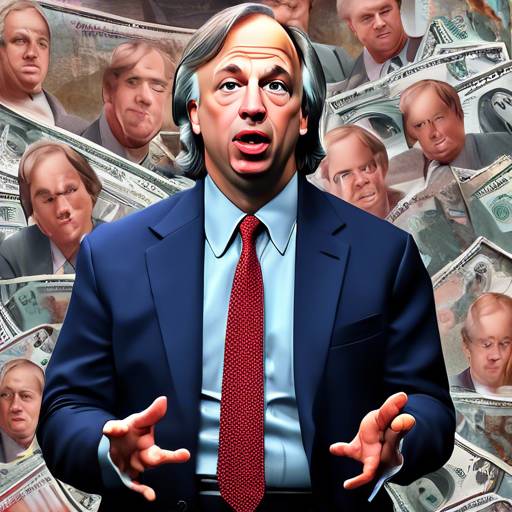
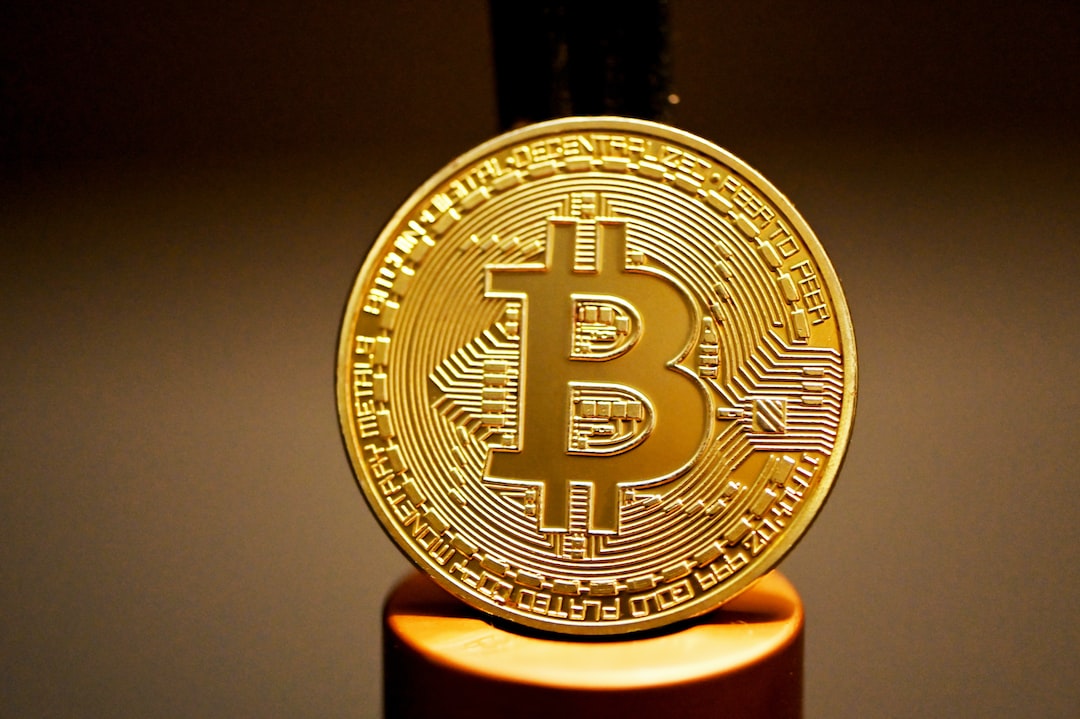


 By
By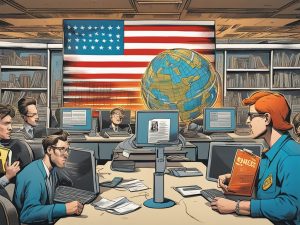
 By
By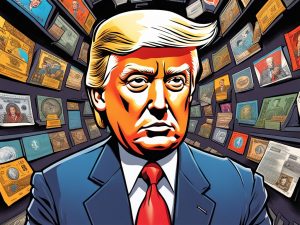
 By
By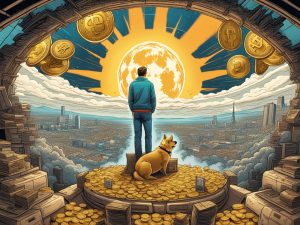
 By
By
 By
By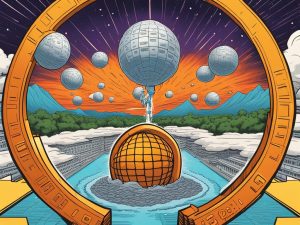
 By
By